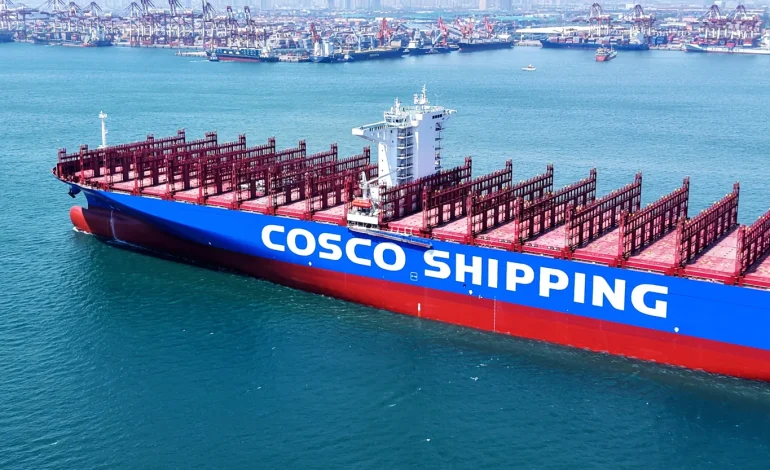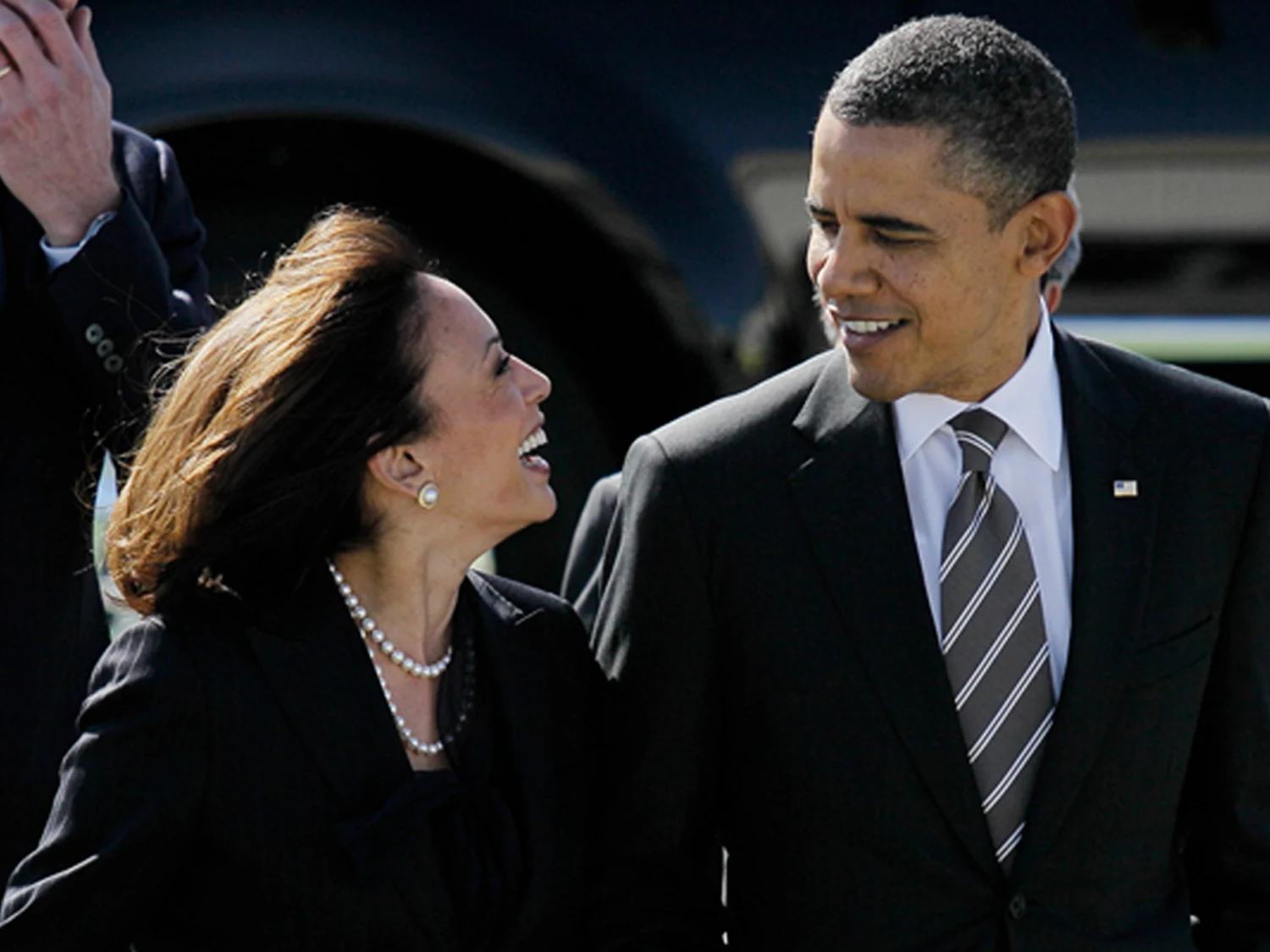The United States is experiencing a broad-based export decline in the wake of the latest trade tariffs introduced by President Donald Trump, with recent supply chain data showing the downturn now spans nearly all export sectors and major US ports.
Analysts attribute the disruption to a combination of rising costs, reduced international demand, and changing trade policies, with agriculture bearing the brunt of the impact.
Trade tracker Vizion reports that US exports, which began sliding in January 2025, have now contracted across most ports and product categories. The Port of Oregon has recorded the steepest decline at 51%, while the Port of Tacoma—known for its agricultural shipments—has seen exports fall by 28%. Soybeans, corn, and beef are among the hardest-hit commodities.
According to Ben Tracy, Vice President of Strategic Business Development at Vizion, “nearly all of US exports have taken a hit.”
Other ports, such as Savannah and Norfolk, have reported export declines of 13% and 12%, respectively. Even the busiest ports like Los Angeles and Oakland, critical for containerized and refrigerated goods, have seen significant drops. In contrast, Houston and Seattle have so far registered only minor declines, at 3% and 3.5%.
The export slump mirrors a sharp drop in imports, with a 43% week-over-week decline in containers arriving at US ports in late April. Vizion CEO Kyle Henderson described the current disruption as the most significant since the summer of 2020, during the COVID-19 pandemic.
“That means goods expected to arrive in the next six to eight weeks simply won’t,” Henderson said, citing the knock-on effects of higher tariffs and businesses canceling orders.
The effects of the tariffs are widespread. In a high-profile example, the cargo ship OOCL Violet arrived in Long Beach in late April, carrying $564 million worth of goods, approximately $417 million of which are now subject to new US tariffs, some as high as 145%. The new duties were imposed after the ship departed China but before it docked in the US, catching many importers off guard. Affected cargo ranged from consumer goods like footwear and apparel to industrial equipment and medical supplies.
Businesses have responded with caution. Many are pausing orders or seeking alternative manufacturing sources, accelerating the “China plus one” strategy to reduce reliance on Chinese factories. Companies like Matson, a freight operator that provides expedited service from China, have cut their 2025 outlook. Matson reported a 30% year-over-year decline in container volume since the new tariffs took effect.
Retailers are also preparing for continued disruption. According to Bank of America Global Research, US imports from Asia could drop by up to 20% in the coming weeks. With lean inventory levels, retailers are encouraging early purchases ahead of the holiday season. Tim Robertson, CEO of DHL Global Forwarding, noted that businesses locking in logistics capacity by June will be better positioned for the peak season.
The reduced volume of incoming shipments is also affecting the broader supply chain workforce. Captain Kipling Louttit of the Marine Exchange of Southern California warned of potential job losses among port workers, truck drivers, and freight rail operators. Only 10 ships are scheduled to arrive over a recent three-day window—well below the norm of 17.
As businesses and consumers adapt to the changing trade environment, questions remain about the long-term implications. While the administration has framed the tariffs as part of a broader strategy to restructure trade and address international concerns, some companies say the policy is creating uncertainty.
“We don’t know if this is permanent or temporary,” said Tino Muratore of Worldlawn Power Equipment, which had shipments on the OOCL Violet. “We’re all in kind of a fog and exploring other options.”










The latest news in your social feeds
Subscribe to our social media platforms to stay tuned